
All categories
Featured selections
Trade Assurance
Buyer Central
Help Center
Get the app
Become a supplier

(2724 products available)
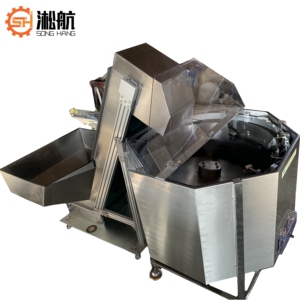
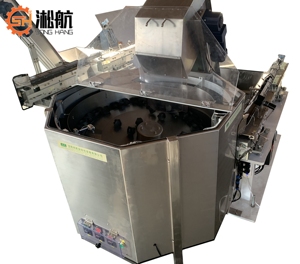



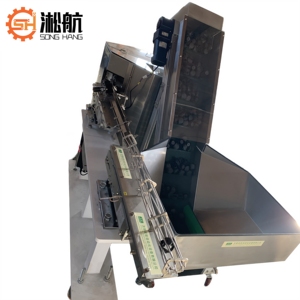

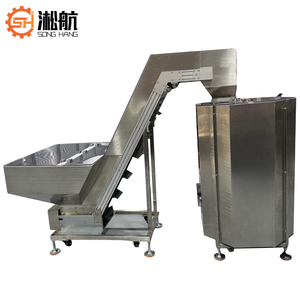



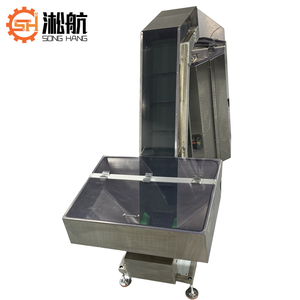




















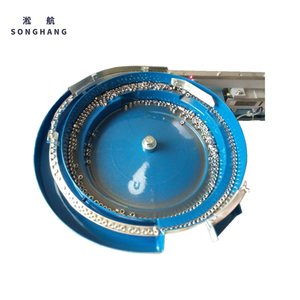

customized rotary feeder play a crucial role in the mining industry, acting as essential components in the efficient transportation of materials. These devices are designed to facilitate the movement of bulk materials from one location to another, ensuring a continuous and steady flow that is vital for mining operations. The robust construction and advanced technology embedded in customized rotary feeder enable them to handle rough conditions and heavy loads. They are indispensable in enhancing productivity and reducing downtime, making them a valuable asset in mining sites across the globe. As the demand for minerals and ores continues to grow, the significance of customized rotary feeder in optimizing mining processes becomes increasingly evident.
There are several types of customized rotary feeder available, each designed to cater to specific requirements within the mining sector. Vibrating feeders are among the most popular, known for their ability to handle large volumes of materials with precision. They use vibration to move materials along a conveyor path, ensuring a consistent flow. Apron feeders are another type, characterized by their rugged design, which makes them suitable for handling heavy materials, such as rocks and ores. Belt feeders are used for more delicate materials, providing gentle handling to prevent damage. Each type of customized rotary feeder is engineered to meet particular operational needs, offering unique benefits in terms of efficiency and capability.
customized rotary feeder are equipped with a variety of functions and features that enhance their operational performance. They are designed to provide precise control over the feed rate, allowing for the efficient processing of materials. This is crucial in maintaining the balance between supply and demand in mining operations. Features such as adjustable speed controls, robust construction materials, and advanced sensors contribute to their effectiveness. These components ensure that customized rotary feeder can withstand harsh environments and operate reliably under extreme conditions. Additionally, many feeders come with integrated safety mechanisms to prevent accidents and ensure the safety of personnel working around them.
The construction of customized rotary feeder involves the use of high-quality materials and components to ensure durability and reliability. Steel and reinforced alloys are commonly used in the framework to provide strength and resistance against wear and tear. The moving parts, such as belts or chains, are often made from durable materials like rubber or polyurethane to minimize friction and extend their lifespan. Advanced electronic components, such as sensors and controllers, are integrated into the design to enhance precision and efficiency. These materials are chosen not only for their robustness but also for their ability to perform under the demanding conditions present in mining environments.
Effective use of customized rotary feeder requires an understanding of their operational capabilities and limitations. It is important to select the right type of feeder based on the nature and volume of materials being processed. Regular maintenance and inspection are crucial to ensure optimal performance and prevent unexpected breakdowns. Operators should be trained to adjust feed rates and monitor the equipment's performance using the available controls and sensors. Additionally, it is vital to adhere to safety protocols to protect personnel and maintain a secure working environment. By maximizing the functionalities of customized rotary feeder, mining operations can achieve greater efficiency and productivity, ultimately contributing to the success of the operation.
When selecting the most suitable customized rotary feeder for mining operations, several factors should be considered to ensure efficiency and effectiveness. Firstly, the nature of the materials being handled is crucial. For instance, vibrating feeders are ideal for managing fine materials, while apron feeders are more suited for heavy and abrasive substances. The capacity and throughput requirements of your operation will also dictate the choice of customized rotary feeder, ensuring that the feeder can handle the volume of material without causing bottlenecks. Additionally, the environmental conditions of the mining site, such as temperature and humidity, can influence the type of materials and coatings used in the feeder's construction, impacting its durability and longevity.
Customization options are another important consideration when choosing customized rotary feeder. Many mining operations have specific requirements that standard models may not fulfill. Customizable features such as feed rate adjustments, hopper design, and discharge options can tailor the feeder to meet precise operational needs. Furthermore, consulting with manufacturers for expert advice and insights can help in making an informed decision. It's vital to ensure that the chosen customized rotary feeder integrates seamlessly with existing equipment and processes to optimize the overall workflow.
Regular maintenance is critical for the longevity and performance of customized rotary feeder. Routine inspections should be conducted to check for wear and tear, particularly in moving components like belts or chains. Lubrication of parts is necessary to prevent friction and overheating. It is also important to calibrate sensors and controls to maintain accurate operation. Addressing minor issues promptly can prevent major breakdowns, ensuring that the customized rotary feeder remains operational and efficient.
customized rotary feeder enhances operational efficiency by providing a consistent and controlled flow of materials, which minimizes stoppages and reduces downtime. By automating the material handling process, feeders reduce the need for manual intervention, allowing personnel to focus on other critical tasks. This automation also helps in maintaining a stable production rate, which is essential for meeting output targets and optimizing resource utilization.
Yes, using customized rotary feeder involves several environmental considerations. The energy consumption of feeders can impact the carbon footprint of mining operations, so choosing energy-efficient models can contribute to sustainability goals. Additionally, dust and noise emissions should be managed, as these can affect both the environment and the health of workers. Implementing dust suppression systems and soundproofing measures can mitigate these impacts, making the use of customized rotary feeder more environmentally friendly.
Safety is paramount in mining operations, and customized rotary feeder are often equipped with features to protect workers and machinery. Common safety features include emergency stop buttons, overload protection systems, and guards to prevent accidental contact with moving parts. Advanced models may also have sensors to detect blockages or malfunctions, allowing for quick intervention to prevent accidents. Ensuring that these safety features are regularly tested and maintained is crucial for a safe working environment.
Technological advancements have significantly enhanced the performance of customized rotary feeder. The integration of smart sensors and IoT technology allows for real-time monitoring and data analysis, providing insights into operational efficiency and potential issues. Automated control systems enable precise adjustments to feed rates and material flow, optimizing performance. Additionally, predictive maintenance tools can forecast potential failures, allowing for proactive repairs and reducing downtime. Embracing these technologies can lead to significant improvements in the functionality and reliability of customized rotary feeder.